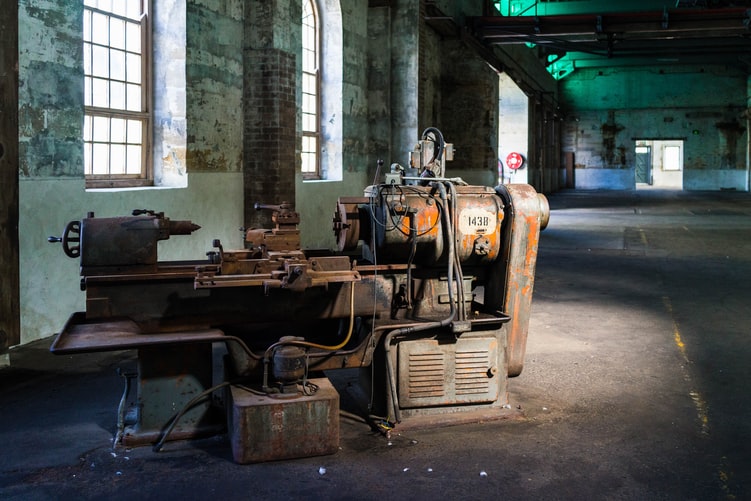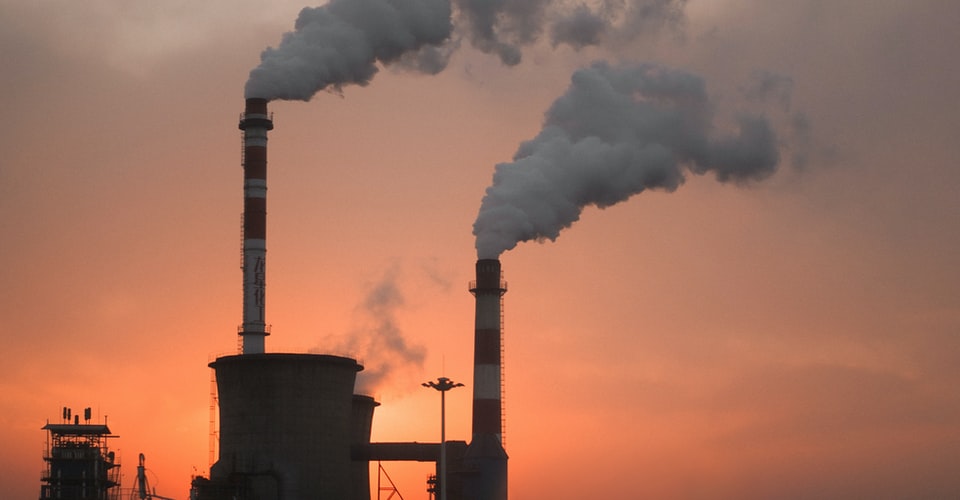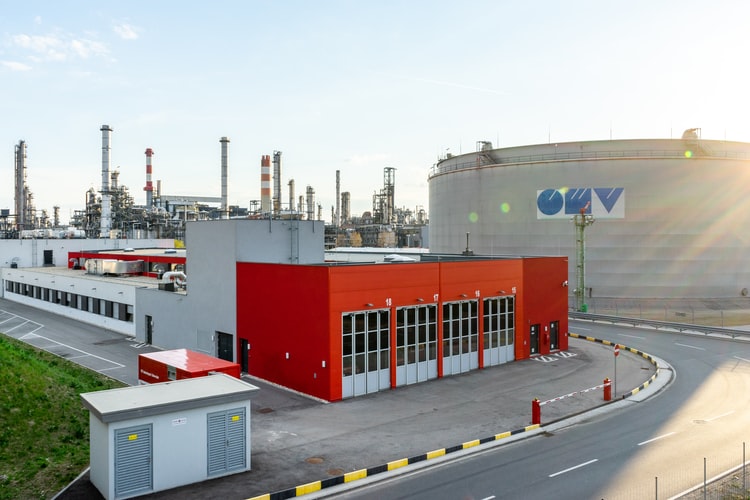When it comes to nitrogen usage in industrial brewing processes, there are many advantages which onsite nitrogen generators could bring to the table for the small brewer. With the easy installation of a nitrogen-generating system the small brewer can take complete control of the procedure and drastically cut down on expenses for years to come. In the end, small brewers will find that their bottom line improve as a result of the savings in nitrogen generation and at the same time achieve greater profitability on all accounts. But how exactly does a small brewer take advantage of a nitrogen generator? It is actually quite easy.
Management Of Nitrogen
Small brewers typically have a water tank on-site along with a large tank holding the water and other liquids for the brewing process. Depending on the method of brewing (i.e. DI water generator vs. CO2 generator), the water may also need pressure to ensure that the right levels of dissolved oxygen and other gases are maintained. To avoid these kinds of issues, most commercial brewers now have onsite nitrogen generators installed. These systems take a small amount of gas (usually nitrogen) and converts it to a usable energy form that the water tanks can then convert to.
Typically, the average industrial on site nitrogen generator will contain several cylinders that all contain different amounts of gas. At the end of fermentation the gas from all the cylinders is combined to create a larger amount of nitrogen gas for the kegels to work with. As mentioned previously, this is a very useful method for on-site nitrogen generation when working with several gallons of gas at a time. This means that a small industrial unit can keep all of their fermentation tanks fully stocked.
For smaller units that do not need the continuous supply of nitrogen for the kegs, onsite nitrogen generators are an extremely cost-effective solution. While larger scale units can run into the thousands of dollars price range, even the cheapest units can be purchased for less than a couple hundred dollars. While they do tend to create quite a bit of waste, these systems are an excellent alternative to shipping and storing large volumes of gas for onsite brewing.

How Are These Generators Powered?
Since most onsite nitrogen generators are set up to run by electricity, the amount of gas needed can be significantly reduced. Some machines can produce as much as five hundred gallons of nitrogen each hour, which allows a single refrigerator to keep enough beer for a small army. This means that there is no need to purchase hundreds of tanks or refrigerators to maintain a constant flow of nitrogen at any given time. Smaller units also tend to use cheaper components, so that they require fewer repairs and can last longer than the more expensive models. It can be a considerable benefit to buy a smaller unit if the number of kegs being brewed is small; the cost of buying and maintaining the more expensive units can quickly add up.

The advantages of onsite nitrogen generators for industrial applications far outweigh the downside of them coming with higher costs. Smaller units are much more cost-effective and safer for employees, customers, and the environment. This makes them an excellent option in both home brewing operations and industrial applications.




